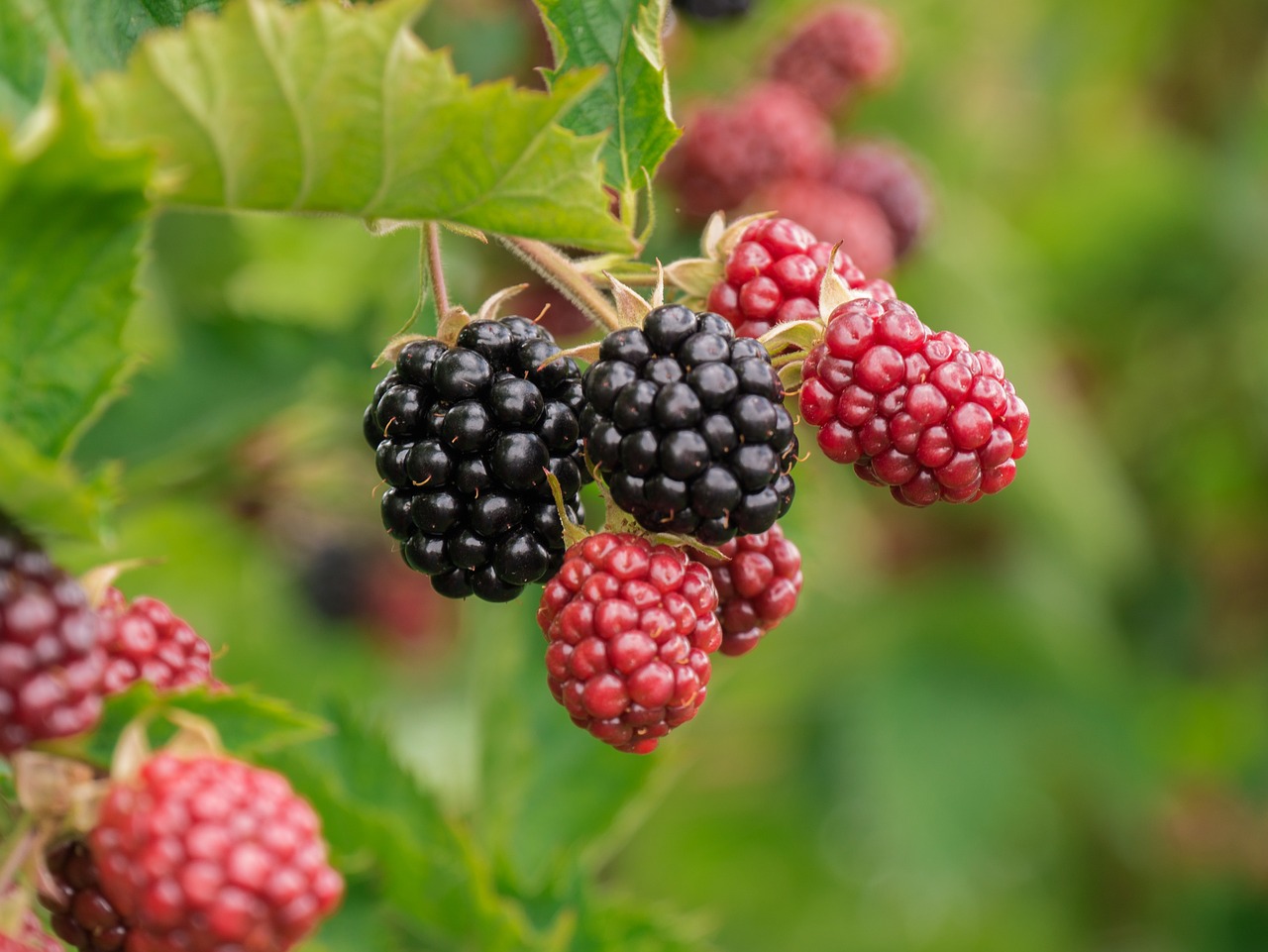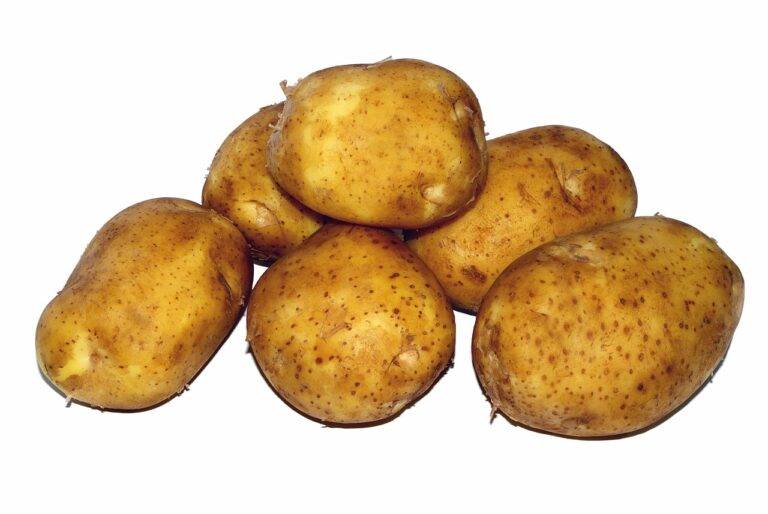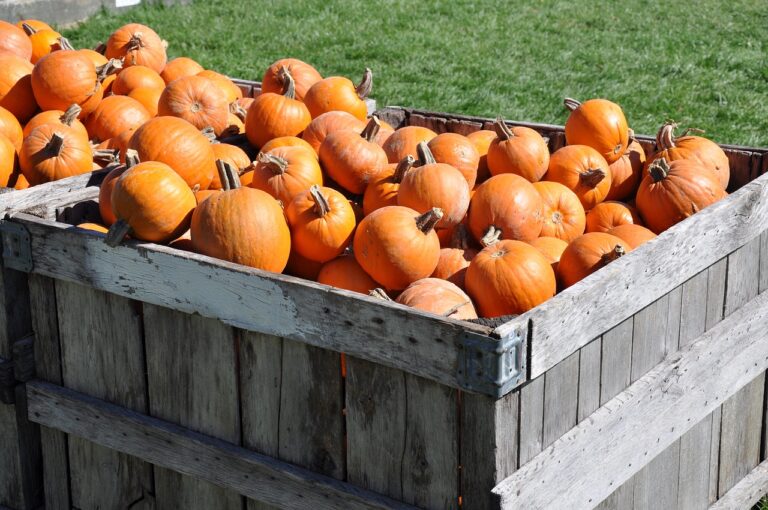Vertical Farming in Urban Settings: Addressing Food Security in Cities
Vertical farming offers numerous advantages that make it an attractive option for sustainable agriculture. One key benefit is the ability to maximize limited space by growing crops upwards in stacked layers or vertically along walls. This compact design enables vertical farms to produce a high yield of crops in urban areas where land space is scarce and expensive.
Additionally, vertical farming allows for precise control of environmental factors such as light, temperature, and humidity. By using advanced technologies like LED lighting and hydroponic systems, farmers can optimize growing conditions to improve crop quality and growth rates. This level of control also reduces the reliance on pesticides and herbicides, resulting in healthier and more sustainable food production.
Challenges of Implementing Vertical Farming in Urban Settings
Urban settings present unique challenges for the implementation of vertical farming due to limited available space and high property costs. Vertical farming requires specialized infrastructure and technology, which can be both expensive and complex to install in urban environments where real estate is at a premium. Additionally, obtaining permits and meeting regulatory requirements for setting up vertical farms in densely populated urban areas can be a lengthy and bureaucratic process.
Moreover, the energy consumption of vertical farming systems poses a significant challenge in urban settings. Vertical farms require artificial lighting, heating, and cooling systems to create optimal growing conditions for crops, leading to high electricity usage. In cities where energy resources are already strained, the additional demand from vertical farming operations can put further pressure on the grid and contribute to environmental concerns related to energy consumption and greenhouse gas emissions.
Types of Crops Suitable for Vertical Farming
When it comes to selecting crops suitable for vertical farming, it is essential to consider plants that are adaptable to growing in controlled indoor environments. Leafy greens such as lettuce, spinach, kale, and arugula thrive well in vertical farming setups due to their fast growth rates and shallow root systems. These crops are popular choices as they require limited space and can be efficiently cultivated in stacked layers.
Another category of crops ideal for vertical farming includes herbs like basil, mint, cilantro, and parsley. These plants do not need extensive root space and can be grown successfully in vertical systems. Herbs are in high demand for culinary purposes and have a quick turnover rate, making them profitable options for vertical farming ventures. Moreover, their compact size allows for efficient space utilization within indoor growing facilities.
What are the benefits of vertical farming?
Vertical farming allows for year-round production, reduces water usage, minimizes the need for pesticides, and can be implemented in urban settings to improve food security.
What are some challenges of implementing vertical farming in urban settings?
Challenges may include high initial investment costs, limited space availability, energy consumption, and potential zoning regulations.
What types of crops are suitable for vertical farming?
Leafy greens, herbs, microgreens, tomatoes, strawberries, and cucumbers are some of the crops commonly grown in vertical farms due to their ability to thrive in controlled indoor environments.







